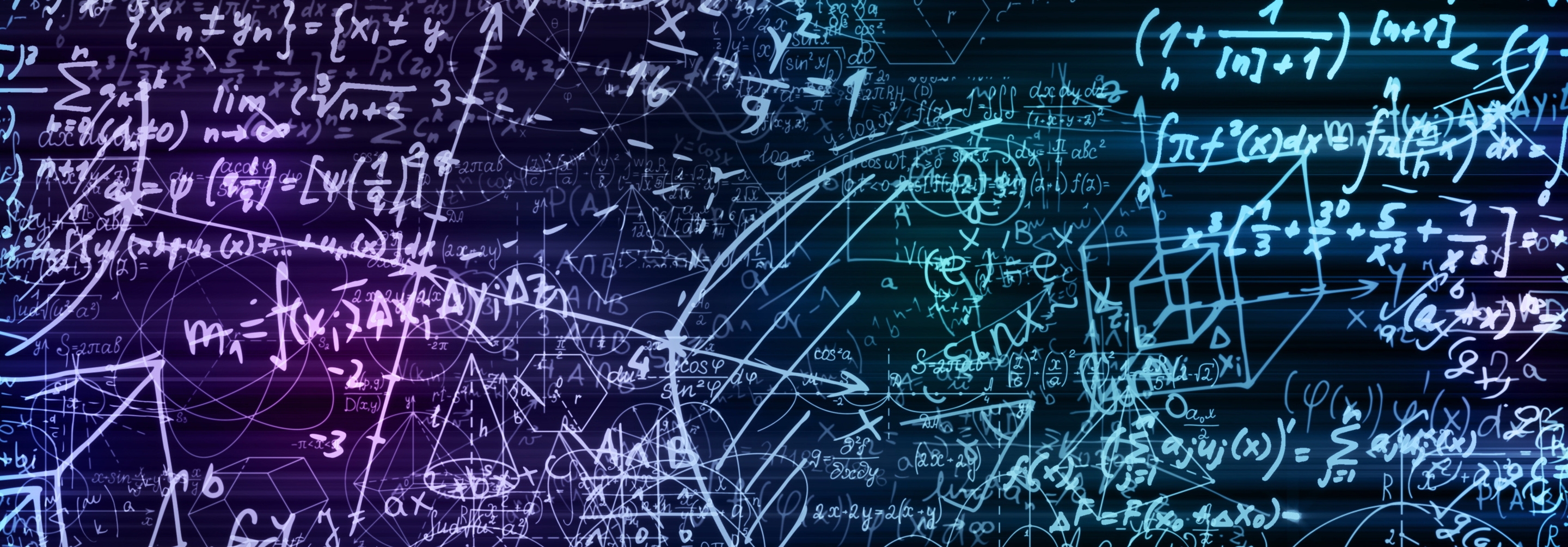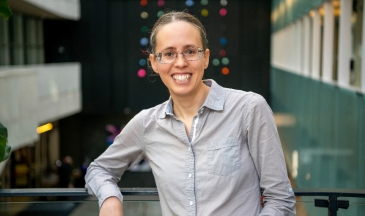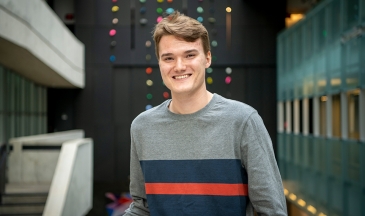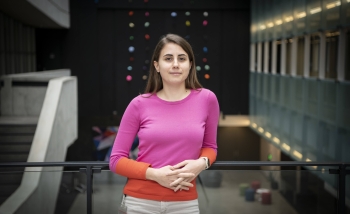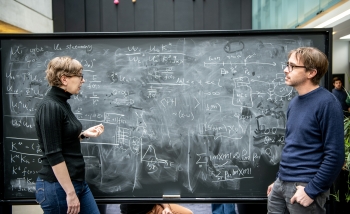Mathematical physics
Theoretical physics is, broadly speaking, the application of mathematics and mathematical thinking to understand the basic aspects of the universe. It follows that Perimeter is very interested in the development of novel mathematical ideas and approaches, especially when these might ultimately offer new insights into fundamental questions in physics. In recent years, Perimeter has pursued a clear strategy to raise the level of mathematical culture and expertise, more generally, within the Institute and the field and, equally, to foster mutually beneficial interactions between pure mathematics and physics.
Mathematical physics was founded as an official research area at Perimeter in 2014, with the arrival of Kevin Costello as a senior faculty member. Three associate faculty members, Alexander Braverman, Ben Webster, were recruited shortly afterwards, and more recently Theo Johnson-Freyd. Hence, the Institute’s initial focus has been on mathematics related to string theory and to quantum field theory. Costello’s interests span from the mathematical definition of perturbative quantum field theory, to the formalization of known and novel dualities in string theory, to integrability. Braverman and Webster are world experts in geometric representation theory and its relationship to supersymmetric quantum field theory and dualities. The group also comprises 10 postdoctoral researchers and six PhD students. Further, many researchers (e.g., Davide Gaiotto) in other areas at Perimeter have a deep interest in, and have made important contributions to, mathematical physics.
Perimeter’s mix of physicists and mathematicians with compatible interests fuels a unique research and learning environment, where physical intuition is not treated as a mysterious oracle but is incorporated into and guides mathematical work, and where novel mathematical results are mapped directly to a new physical understanding of problems in quantum field theory, string theory, and condensed matter physics. Our objective is to catalyze the growth of a truly ‘bilingual’ community, both at Perimeter and beyond, through our research and through the organization of timely workshops and schools.
Recent highlights of mathematical physics at Perimeter include progress on physics-related mathematical dualities, such as the geometric Langlands program and symplectic duality; on the classification of topological phases of matter with homotopy and higher category theory; on exactly computable subsectors of holographic dualities; and on a new understanding of integrable theories.
